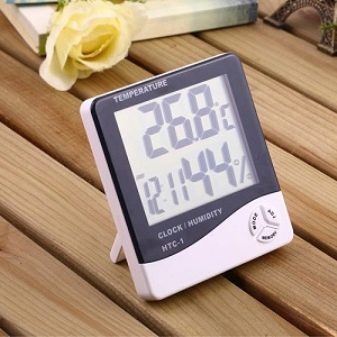Everything you need to know about the piano
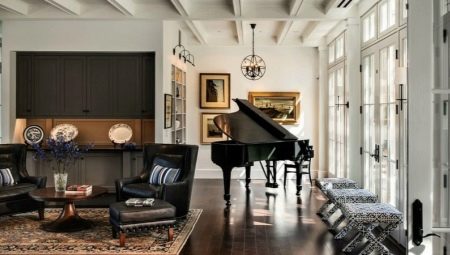
A grand piano is a complex musical instrument that contains a large number of interdependent elements. Thanks to the well-coordinated work of all the component pianos, sound is generated and propagated inside the body.
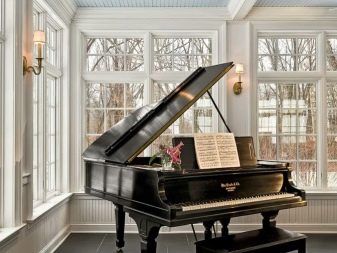
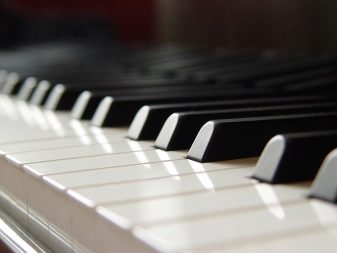
The history of the emergence of the instrument
Like other complex mechanisms, the grand piano is the result of the hard work of a large number of craftsmen. In addition, its emergence is associated with unexpected inventions, as well as new materials and a unique approach to constructive work. The first grand piano appeared in the 18th century, or rather at the beginning. The instrument was an unimproved harpsichord that produced canted sounds that the audience liked.
The device was presented to the people by Bartolomeo Cristofori. This man was able to construct a mechanism that operated a hammer equipped with a felt tip. He hit the strings. Cristofori's invention aroused great interest among craftsmen from Europe, but since the device was rather expensive and difficult to create, it was not manufactured in large batches. Already in the 19th century, companies began to appear that produced pianos in large quantities.
Due to the expansion of the pace of production of grand pianos, as well as the improvement of mechanics, they began to be widely used in the regions of Germany, Italy, France, as well as Russia and America.

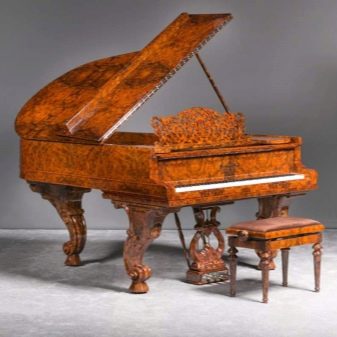
Device
The soundboard is considered the "heart" of the grand piano, as its functions include the formation and reproduction of sounds. But, according to experts, the peculiarities of the key mechanism provide the piano with a unique property of transferring dynamic shades that smoothly pass from forte to piano. Thanks to this innovation, this musical instrument surpasses all others.
The keyboard mechanism contains 88 keys. In addition, it contains hammers, dampers, and a system of transmission levers. In the nodal mechanics there are units and parts made of wood, leather, metal, felt.
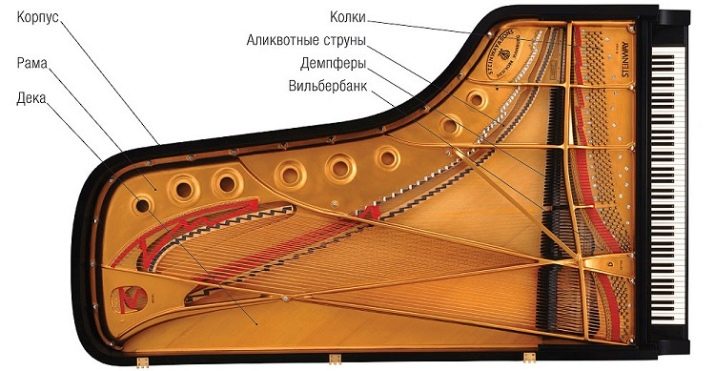
The main parts of mechanics and their functions.
- Hammer with headcovered with elastic fabric, such as elk leather. If it bounces upwards, it strikes the string. The hammers are located under the strings.
- Schulter Is a protrusion that is centered on the base of the hammer and sets it in motion.
- Spiller represented by a lever with a special shape. Its design is aimed at the fact that after hitting the hammer on the string, the latter is retracted to the side. In the course of such manipulation, a place is formed for the hammer to fall without any obstacles. All of this ensures the strings are free to vibrate.
- Soft backing for the hammer.
- Muffler. This element releases the string when a key is pressed. He mutes the strings the rest of the time.
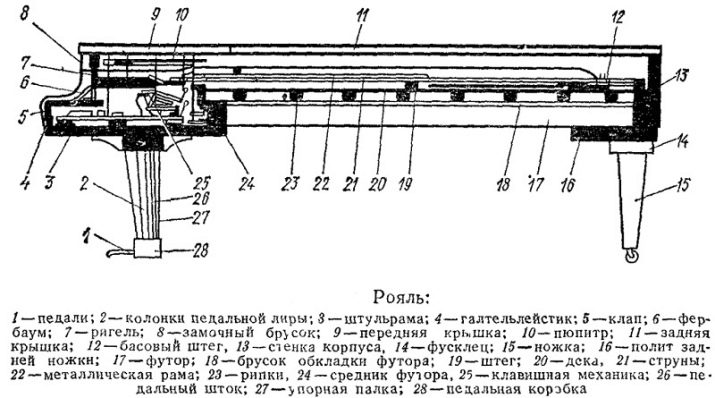
The piano deck is made of high quality wood. It looks like a shield located at the bottom of the strings and fixed in the inner part of the body. Piano strings are the main source of sound and are made from durable steel wire. This element must be clean, resilient and uniform. The cast iron frame is an important part of the piano, its function is to take over the total tension of the strings. The latter in a musical instrument can weigh 20 thousand kg.
In some cases, to reduce the weight of the equipment, the frames are made of aluminum. The wooden case of the piano contains all the parts that were listed above. The pedals are the “soul” of the grand piano, the skill of using them determines the possibility of the art of pianism. These elements are characterized by a lever type, they are controlled with the help of the legs.
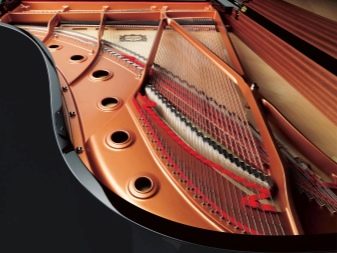
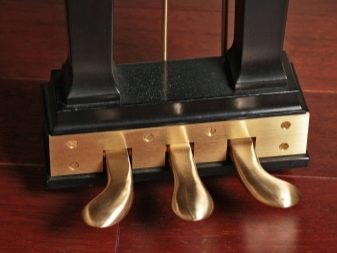
Functions of a grand piano with 2 pedals:
- the left one forms a quiet sound;
- the right one is necessary for the continuation of the sound of the strings, their resonance and a fuller sound.
A musical instrument with 3 pedals is capable of performing all of the above tasks. In this case, the middle element is necessary to continue the sound or bass register. Currently some manufacturers use a 4th pedal called harmonic.
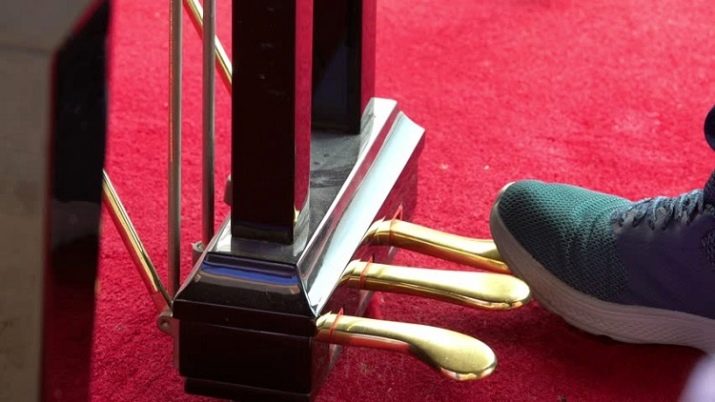
How is it different from a piano?
The term "piano" is used to describe both the grand piano and the upright piano. That is, they all denote the mechanism by which sounds are extracted. One of the differences between grand pianos and upright pianos is the size. The second one is much smaller, it can be placed in a small room. In addition, the piano lacks a rehearsal mechanism, which is important when creating trills, as well as high-speed playing.
A grand piano is also distinguished from a piano by the horizontal arrangement of the strings, the richness of the sound and the sensitivity of the keyboard.
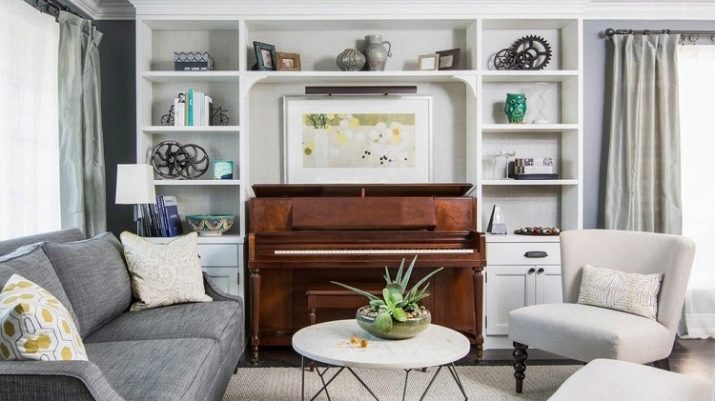
Views
The piano is a common musical instrument; people learn to play it in a music school. It is presented in a wide variety, so everyone can choose the best option for themselves. The types of this musical instrument are a wide range of accessories with a full keyboard. Musicians often use black and white grand pianos.
To size
The weight and dimensions of a musical instrument are different, according to these criteria, the following types of pianos are distinguished:
- small has a length of 120 to 150 cm;
- children - 150-160 cm;
- medium - 160-170 cm;
- for the living room - 170-180 cm;
- professional - 180 cm;
- for the hall - 190 cm;
- for a large hall - 200 cm;
- small concert - 220 cm;
- concert - 270 cm.
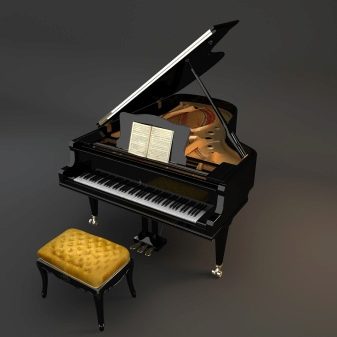
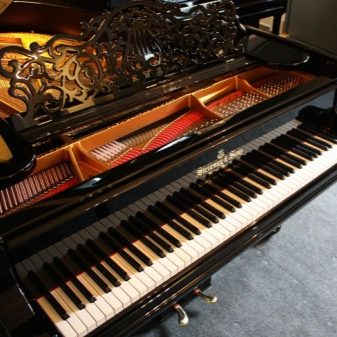
The weight of the piano can also vary:
- electronic - up to 150 kg;
- cabinet - 250-300 kg;
- home - up to 350 kg;
- salon - 300-330 kg;
- concert - from 500 to 1000 kg.
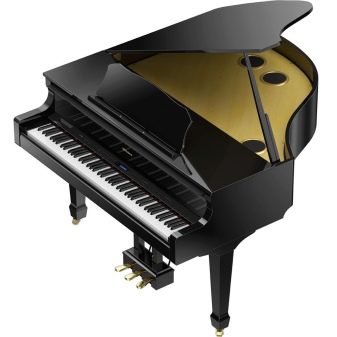
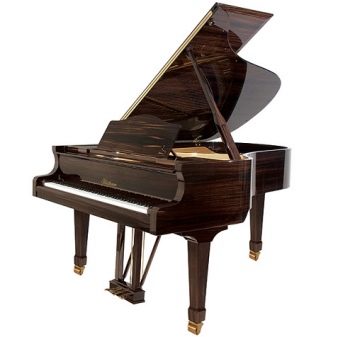
By appointment
According to the purpose of the piano, there are the following types:
- professional - these musical instruments are often used by professional musicians;
- amateur ones have found their application in home music making;
- educational acoustic grand pianos are used in teaching musical art;
- interior cabinet pianos are able to decorate the room in an original way;
- status instruments create an image for their owner;
- entourage concert grand pianos - a worthy option for shows, performances, installations;
- self-playing devices are needed solely for entertainment;
- authentic musical instruments help to perform with particular accuracy the music of a certain historical period;
- universal are pianos in which several functions are concentrated.
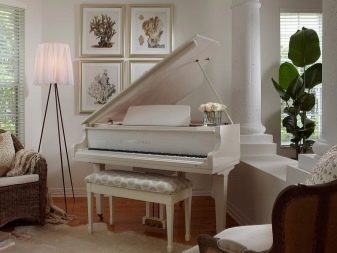
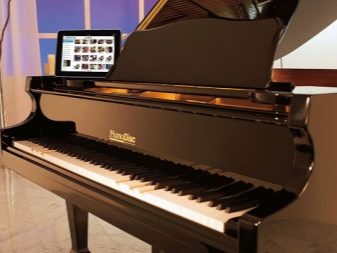
Top brands
The following brands are popular piano manufacturers.
- Petrof. Musical instruments of this company are characterized by uniqueness of design, as well as hand-made parts.
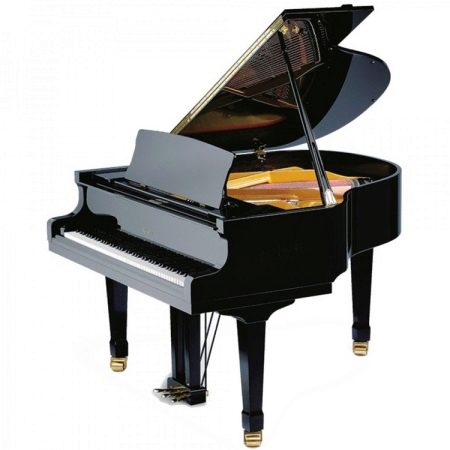
- Weber. The firm offers budget piano options. Compact grand pianos of this brand are in great demand nowadays.
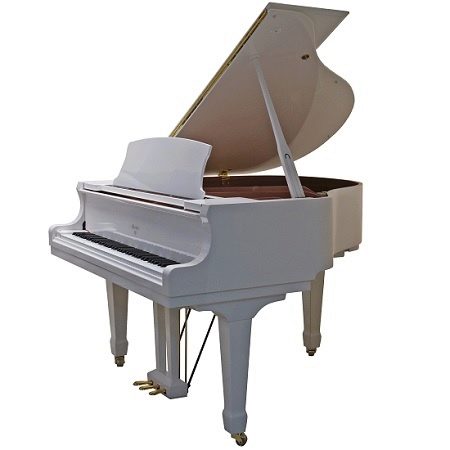
- Samick. A young piano manufacturer with a production site in South Korea. Realized instruments are characterized by purity of sound, deep sounding, as well as precise keyboard mechanics.
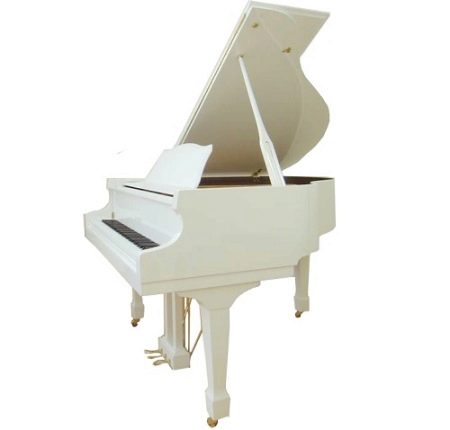
- Yamaha. The most famous brand of all. Japanese instruments sound expressive and resonate well. In addition, these grand pianos are characterized by key sensitivity and deep and rich sound. The disadvantage of the products is their large size.
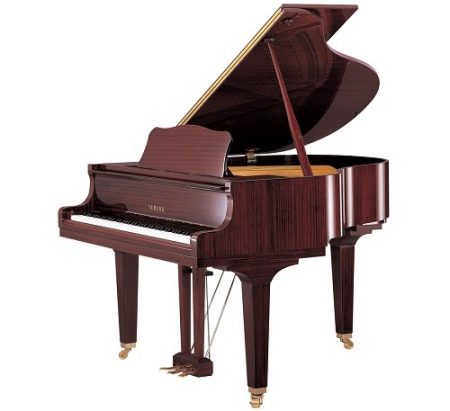
- Bechstein. The pianos of this brand are made from durable and high quality materials. The disadvantage of products is considered to be their high cost.
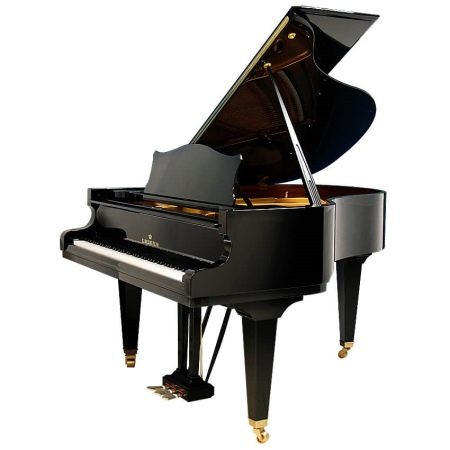
Customization
In order to tune the piano, you will need to prepare:
- plug wedge;
- temperament tape;
- tuning key;
- tuner electronic type.
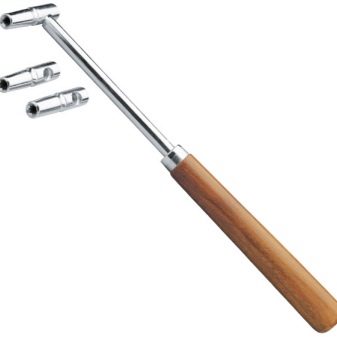
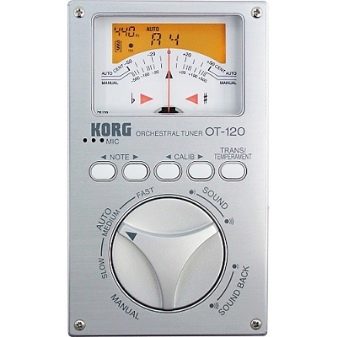
The tuning procedure for a musical instrument consists of the following steps.
- Initially, you should tune the first octave, namely the note "A". To do this, choose one string, the rest should be clamped with a rubber wedge by fixing it between the strings. After determining the pin, you need to turn the peg with a key until the desired vibration is fixed. The latter is indicated on the tuner. The strings should be pulled carefully and without haste.
- When the choir string is in tune, you will need to reposition the wedge so that the 1st and 2nd strings are released. The third is worth jamming. The clef is repositioned on the 2nd chorus peg. The second peg should be turned until the sound of several strings in unison is heard. It is better to tune the strings with an electronic tuner, but the procedure is faster by ear.
- The master will need to repeat the above two points for each chorus 1-1 octave. After that, it should be used as a reference, and following its example, it is worth tuning the rest by ear.
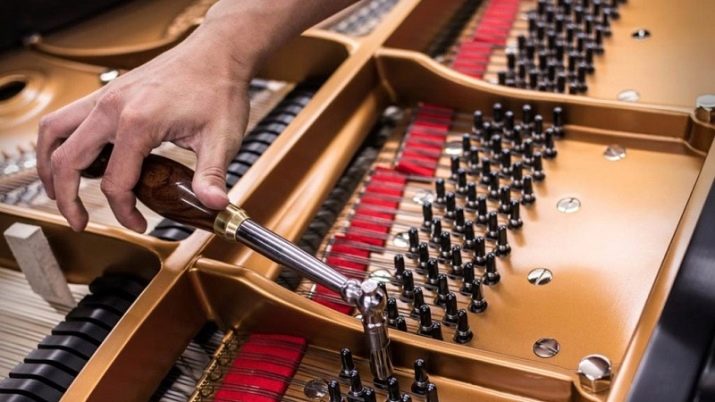
How to play?
Everyone at any age can learn to play the piano. In order to take the correct position behind the instrument, it is worth considering the following points:
- chair height and seating position - elbows should be at or slightly higher than the keyboard level;
- the area of the chair that can be occupied - it is not necessary to be located on the entire area of the seat, a person should occupy a third of the chair;
- the distance between the keys and the body, which for an adult should be 0.3 meters;
- the location of the legs should be such that the person rests on a full foot;
- posture.
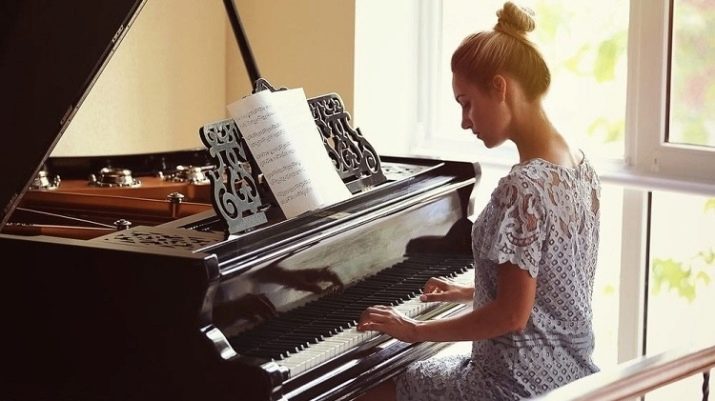
Even without knowledge of the notes, anyone who wishes can learn to play the piano. First of all, you need to try to extract the chords, then connect them with consonances, and only after that build musical excerpts. Experts advise you to sit at the piano by pressing its right pedal, after which you must alternately press exclusively on the black keys with the left and right hands.It is not recommended to press several keys at the same time.
If familiarity with the keys has already happened, then you can try to play a melody of 3 notes, namely "C", "F", "G". To learn how to play a musical instrument yourself, you need to set a goal for yourself and go towards it.
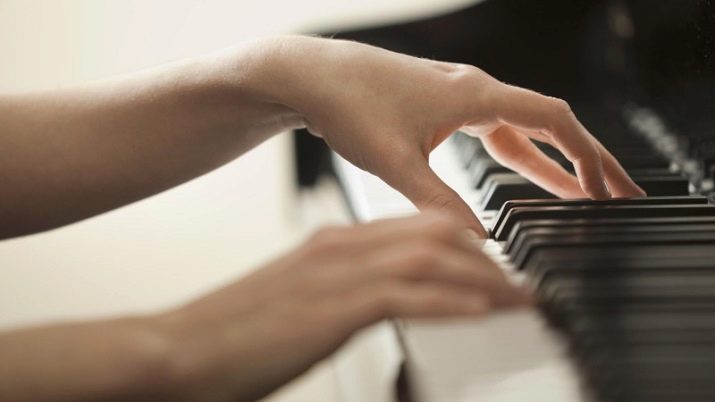
Care
In order for the piano to last as long as possible, the owner should take proper care of it. The outer surface of the instrument should be wiped with a dry soft cloth, without pressing down on the cloth. Experts do not recommend rubbing the piano with greasy furniture polish. It is better to take care of the device with the help of special means, as an option, you can use Pronto. When caring for your piano, do not simply wipe down the outer surface. Since dust can accumulate inside the piano, it is recommended to clean the inside. The scheme for performing the procedure is as follows:
- the piano moves away from the wall;
- its back wall is vacuumed, wiped with a slightly damp cloth;
- the piano is disassembled, the mechanics are removed from it;
- the inside of the tool is vacuumed;
- all surfaces are wiped with a piece of soft dry material;
- the keys are removed, after which they are cleaned of grease and dust;
- the instrument is being assembled.
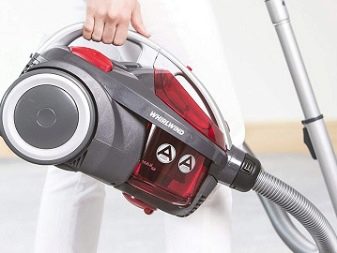
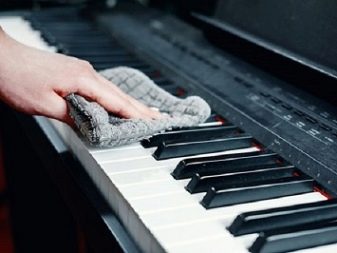
Indoor air that is too dry and too humid can adversely affect the condition of the piano. This often causes deformation of the wooden parts of the instrument. In addition, high humidity can corrode the metal parts of the product.
The optimum temperature for storing a piano is 12-25 degrees Celsius. Room humidity should be between 40 and 60%. The piano should be installed at a distance of one and a half meters from the window and the battery.
After transportation, the musical instrument must be tuned, as well as adjust its mechanisms.

